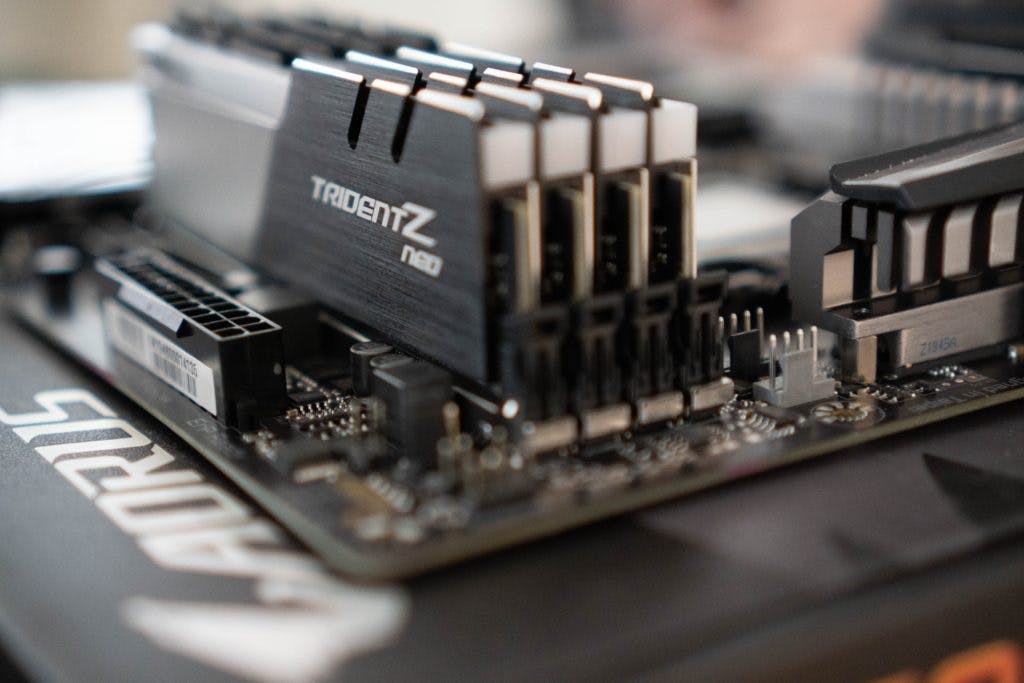Are There Disadvantages To Increasing RAM On Your Computer or Laptop?
When you buy through our links, we may earn an affiliate commission.
Gaining more memory on your computer or laptop’s computer system in the form of RAM is usually considered a good thing. Without adequate memory, you won’t be able to run the programs you need, and you may run into operational issues like slow running speed, freezing, and shut-downs.
The main disadvantage to increasing RAM on your laptop or computer is cost since it can be expensive to expand your computer or laptop’s memory. Increasing RAM on a computer or laptop may also worsen technical problems if the wrong RAM is installed or the system can’t handle it.
Increasing RAM on your computer or laptop offers many advantages, but only if you know what you’re doing. Read on to learn more about the disadvantages of increasing RAM on your computer and how to do it correctly.
Disadvantages of Increasing RAM
Most people who use computers associate increasing the computer’s memory with more efficient performance. However, there are a few disadvantages you’ll have to deal with when you increase the RAM on your computer or laptop, depending on the model you’re trying to upgrade. Here are the main disadvantages you’ll run into:
- High cost of purchasing more RAM
- Potential damage to your computer’s operating system
- Chances of not recognizing the RAM
- Possibly not enough physical space to add the RAM
Continue reading for a further breakdown of these disadvantages.
Cost
Adding RAM to your computer or laptop can cost anywhere from $25 to $100, or even more, depending on the amount and type of RAM you add. Depending on your computing needs, adding more RAM may also be a waste of money.
Damage
Adding the wrong kind of RAM to your laptop or computer can cause damage to your computer’s operating system. It’s important to install the right type and size of RAM to prevent any issues with the existing system.
Non-recognition
If you only have a 32-bit system architecture on your computer or laptop, the operating system won’t be able to recognize more than 4GB of additional RAM. In this case, an 8GB upgrade of RAM would be a waste of computing resources.
Physical Limitations
As it stands, additional RAM can’t be added to a computer or laptop without a physical installation of the hardware. This can cost extra money for people who aren’t skilled enough to install the RAM themselves.
For most people, the disadvantages of increasing the ram on their computer or laptop are far outweighed by the advantages.
Advantages of Increasing RAM
Even though there are disadvantages of increasing RAM on your laptop or computer, many benefits help recommend it.
- Prevents slowdowns: Lack of RAM and working memory in a computer can lead to significant delays in operation, especially in computers that are expected to run several resource-heavy programs simultaneously.
- Faster performance: Adding more RAM to your computer or laptop can result in faster performance and more efficient operation of your computer’s programs.
- Program availability: Having increased RAM on your laptop or computer allows you to access more applications simultaneously. Increasing RAM capacity can be a big advantage if you intend to do multitasking activities on your system.
In many cases, increasing the RAM on your computer doesn’t come with many disadvantages and can give you several operational benefits if you need a high-performance computer.
How Much RAM Is an Advantage in a Laptop or Computer?
Increasing the RAM on a laptop or computer can be advantageous in many cases. However, it can also be considered a waste of money if you buy more RAM than you can actually use on your operating system.
Here’s a general guide for how much RAM you’ll need depending on your computing needs:
- Less than 4GB: Most computers need at least 4GB to function efficiently, so computers that have less than 4GB will only be able to operate in the most limited capacity. A computer with less than 4GB can still run windows, but the computer will run at a much lower processing speed than typical computers.
- 4GB to 8GB: 8GB is the average amount of working memory necessary for most personal computer and laptop users. Computers that have 8GB of memory should be able to handle low-end computer games and basic supporting computer programs.
- 8GB to 16GB: While 8GB is enough RAM for most computer users to use their basic computer programs, computers that run high-end computer games or other programs that use a high amount of processing power can benefit by adding memory up to 16GB. However, many users don’t need this much working memory in their computer.
- 16GB or more: The only computer users who need 16GB of RAM or more utilize resource-intensive computer programs such as video editing software, architectural software, and 3D modeling systems.
Adding more RAM to a computer or laptop can often be an advantage. However, adding too much RAM can be a waste of time and money if you don’t need the additional memory based on your computer use.
Increasing RAM Is Usually an Advantage
Even though there are some drawbacks to increasing RAM on your computer or laptop, the advantages are numerous if you find yourself in need of additional processing power on your machine.
It’s a smart idea to look over your computer usage and your program use to figure out what level of RAM is necessary for efficient performance on your computer or laptop.

